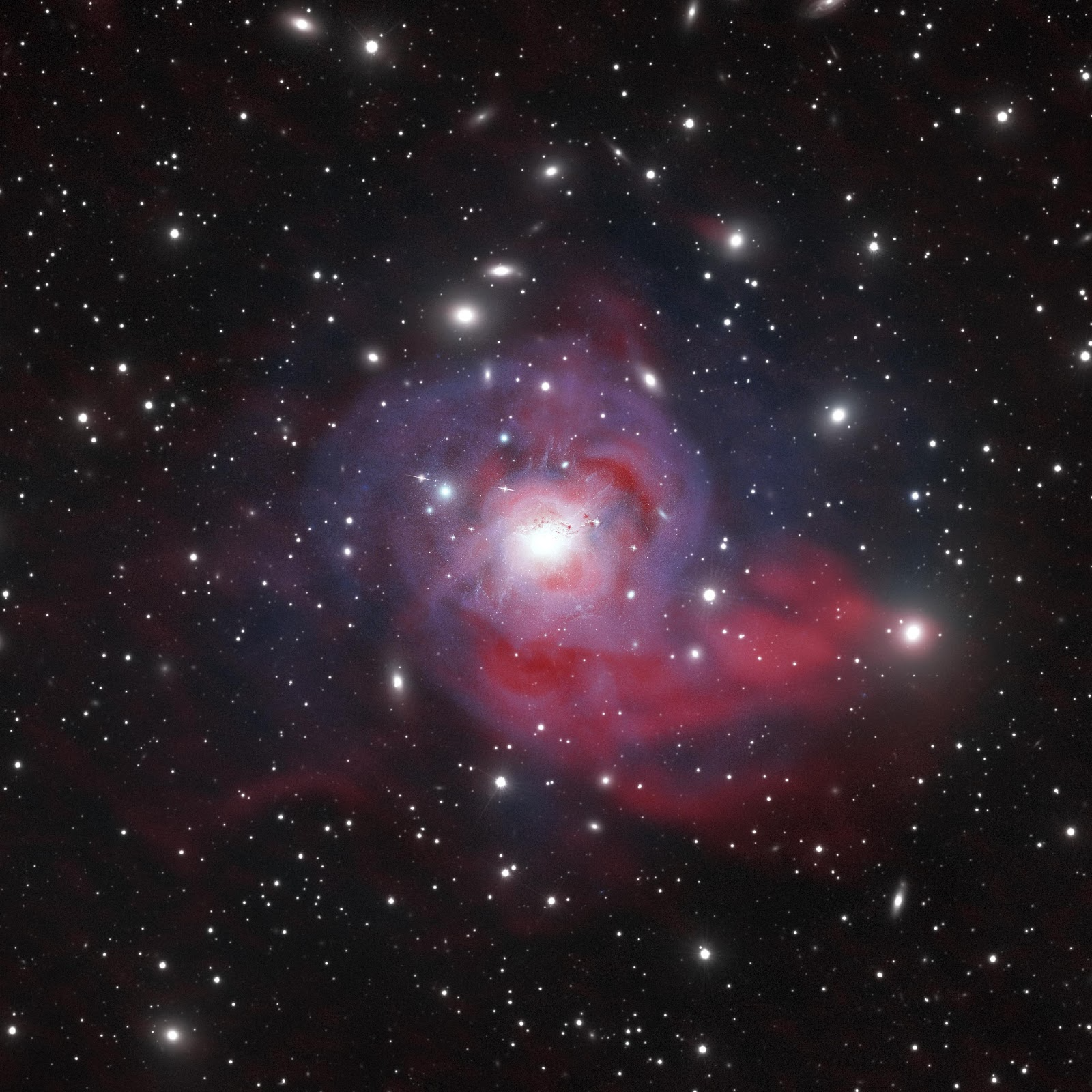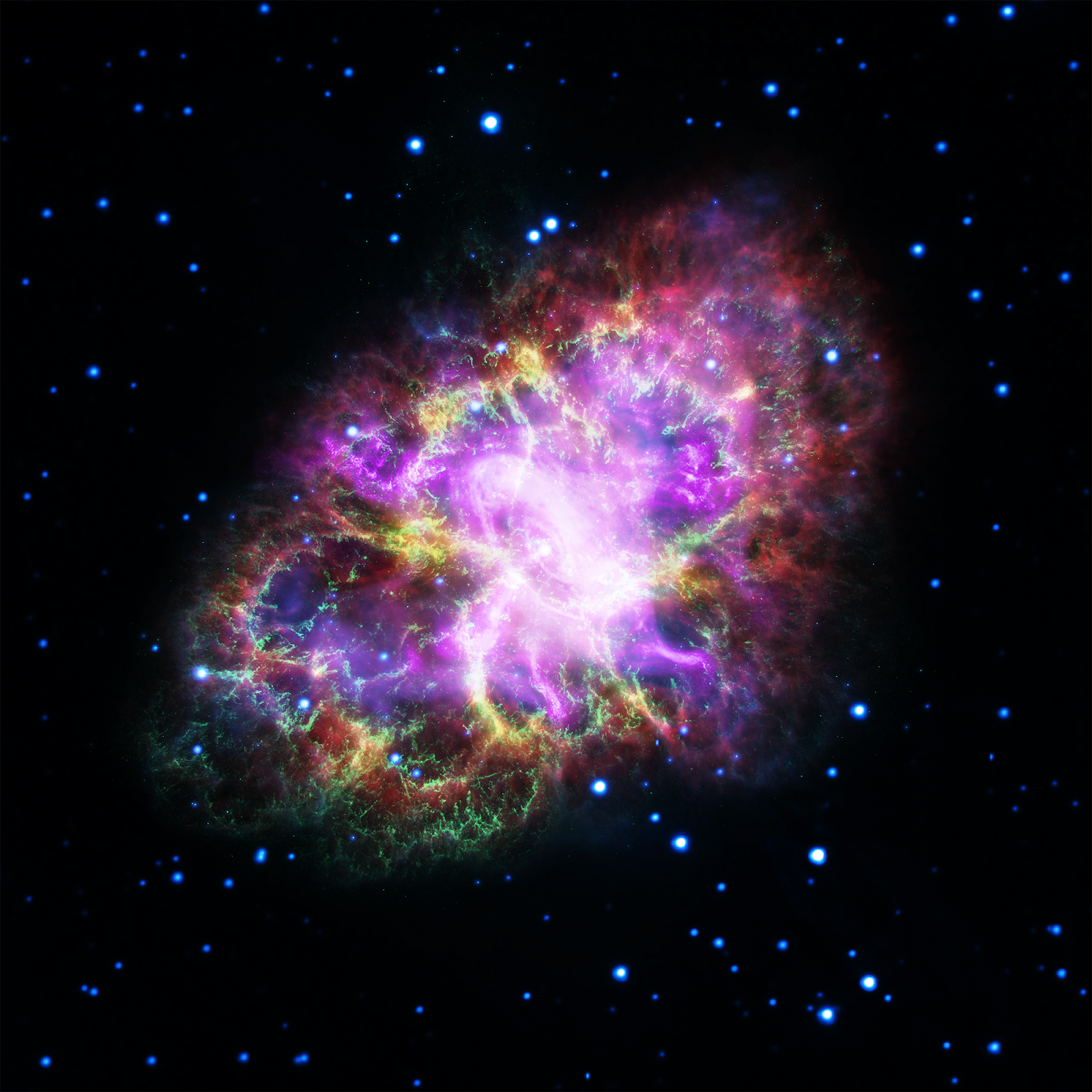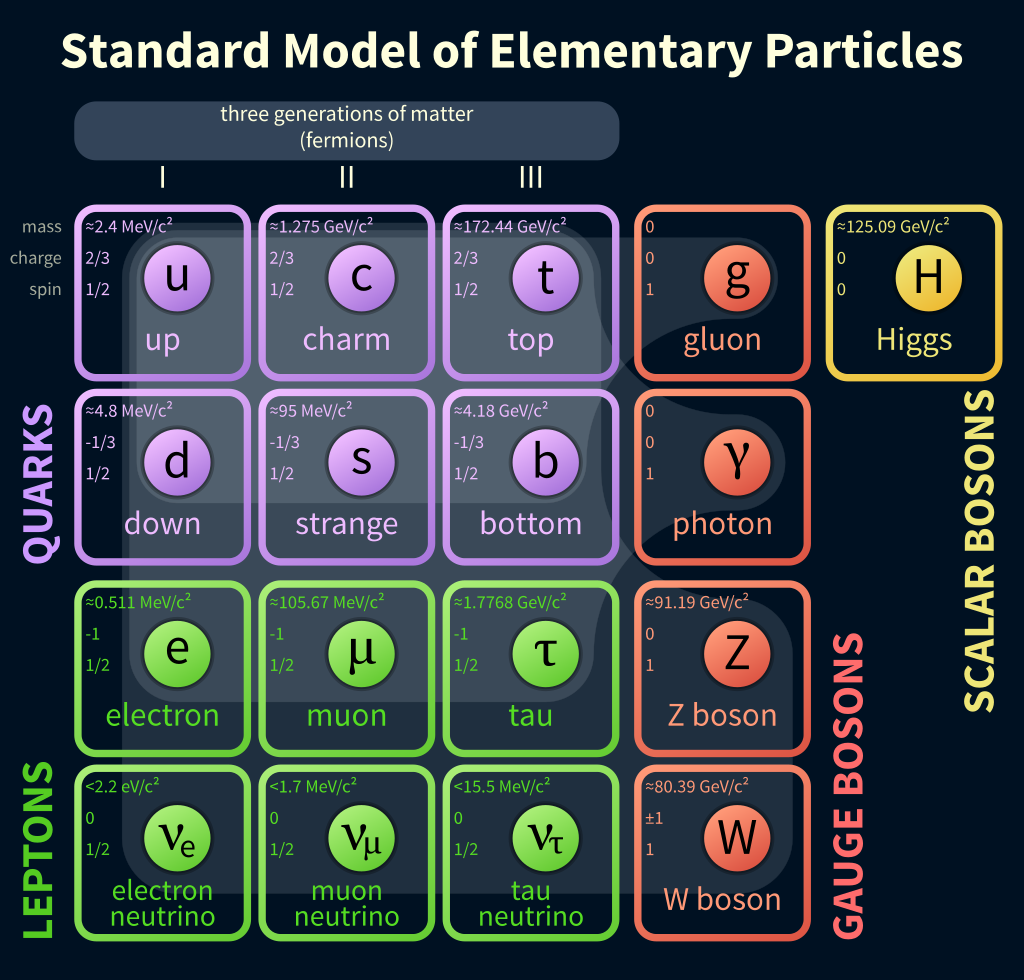MAGIC
Skip navigation and go to main content
- Home
- General Information
- Science with MAGIC
- MAGIC members
- Maintenance
Fundamental Physics
DARK MATTER SEARCHES
Dark matter could be observed in VHE gamma-rays through its annihilation or
decay products. Such signals are coming from cosmic places where dark matter
is particularly concentrated, like in the galactic center, in dwarf spheroidal satellite
galaxies, intermediate mass black holes and cluster of galaxies. Since the
beginning of operations in 2004, MAGIC has searched for dark matter signals
spending hundreds of hours of observations of different targets, and thus
producing several high-impact results. Those include the most constraining
limits to the WIMP annihilation cross-section for particle masses above few
hundred GeV, from observations of dwarf spheroidal satellite galaxies. A combined
analysis of MAGIC and Fermi-LAT observations of dwarf spheroidal satellite
galaxies has been carried on, obtaining limits for dark matter particle masses
between 10 GeV and 100 TeV - the widest mass range ever explored by a
single gamma-ray analysis - and improving the previously published Fermi-LAT
and MAGIC results by up to a factor of two at certain masses. Since clusters of
galaxies are the largest known gravitationally bound structures in the Universe,
with masses around 1015 M⊙,
most of it in the form of dark matter, they have been also part of the dark matter
searches with MAGIC. A deep survey of the Perseus cluster of galaxies has been
conducted using almost 400 h of data recorded between 2009 and 2017. This was
the deepest observational campaign so far on a cluster of galaxies in the very
high energy range, and lead to the conclusion that dark matter particles have a
decay lifetime longer than ∼1026s
in all considered channels. This result represent the strongest limits on decaying
dark matter particles from ground-based gamma-ray instruments.

Composite view of NGC 1275 and the center of the Perseus Cluster (VLA-Radio, Chandra-X-ray, Hubble-Visible, SDSS-Infrared)
LORENTZ INVARIANCE VIOLATION
Many quantum gravity theories predict a spontaneous breaking of Lorentz symmetry at energies on the order of the Planck energy or lower: this implies non-trivial dispersion relations for the photon in vacuum. As a consequence, gamma-rays of different energies, emitted simultaneously from astrophysical sources, could accumulate measurable differences in their time of flight until they reach the Earth. Such tests could be carried out in using fast variations of gamma-ray flux from pulsars, and also from active galactic nuclei (possibly at high redshifts) and gamma-ray bursts. MAGIC is studying this delicate topic on different sets of data: recently a study on constraining Lorentz Invariance Violation using the Crab pulsar emission in VHE has been published: a test on LIV has been performed involving an additional linear or quadratic dispersion relation term with energy for photons. No significant correlation between arrival time and energy of the pulsar photons has been observed, and upper limits on the linear and quadratic energy scale of LIV have been derived. This result brings back pulsars to the class of astrophysical objects that are useful (and competitive) to investigate time of flight differences of energetic photons.

Multi-wavelength Crab Nebula
Credits: NASA, ESA, G. Dubner (IAFE, CONICET-University of Buenos Aires) et al.; A. Loll et al.; T. Temim et al.; F. Seward et al.; VLA/NRAO/AUI/NSF; Chandra/CXC; Spitzer/JPL-Caltech; XMM-Newton/ESA; and Hubble/STScI.
TAU NEUTRINO HUNT: MAGIC AS A NEUTRINO DETECTOR
The recent discovery of an astrophysical flux of high-energy neutrinos by IceCube was a major step forward in the ongoing search for the origin of cosmic rays, since neutrino emission needs to be produced by hadronic interactions in astrophysical accelerators.The detection of tau neutrinos in particular is very important from both the astrophysical and particle physics point of view. It would give new information about the astrophysical tau neutrino flux, shed light on the emission mechanisms at the source, test the fundamental properties of neutrinos over extremely long baselines, and better constrain new physics models which predict significant deviations from equal fractions of all neutrino flavors. The MAGIC telescopes can point towards the horizon or a few degrees below across an azimuthal range of about 80 degrees. In this special configuration they can point directly to the sea, allowing the search for air showers induced by tau leptons arising from interactions of tau neutrinos in the Earth crust or the surrounding ocean. In a recent paper we show how such air showers can be discriminated from the background of very inclined hadronic showers by using Monte Carlo simulations. Taking into account the orography of the site, the point source acceptance and the event rates expected have been calculated for a sample of generic neutrino fluxes from photo-hadronic interactions in AGNs. With the recent discovery of broadband emission simultaneously with a neutrino event, the multimessenger era of astrophysics has begun and the MAGIC telescopes want to catch also one of the new messengers!

Standard Model of Elementary Particles
Credits: Lori Jones, for a lesson on Fundamental Particles at study.com